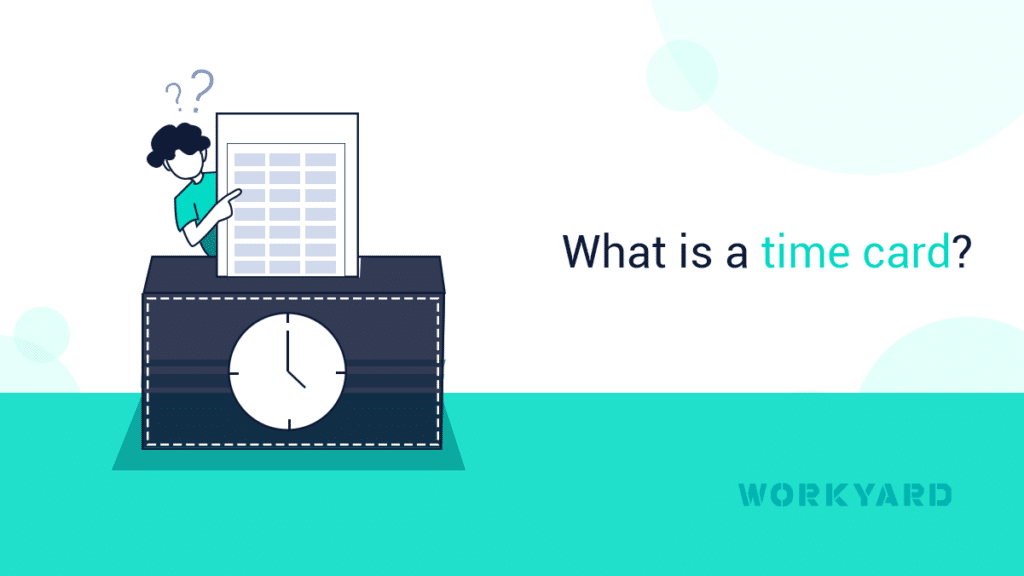It’s commonly used in industries like manufacturing or retail where workers are paid hourly. Each time card in a pay period is combined to create a timesheet.
In simple terms, a time card is a record of hours worked by an employee. In the past, time cards have been physical templates that an employee writes on each day to track time. While still practiced in smaller businesses, the rise of technology has allowed for more streamlined processes. There are many software options out there that assist with tracking hours in digital and electronic form. An employee can log on each day and clock their time in, time out, meal breaks, and time away from the office.
Time cards are an essential part of business and benefit both the employee and employer. They help the employee stay on top of the hours they have worked. This helps them know what the company owes at the end of a scheduled period. A time card assists businesses in evaluating the productivity and efficiency of employees. They help prevent theft of time by the employee and give a clear picture of day-to-day activities.
Time cards also streamline payroll and give a precise amount owed to the employee. Utilizing time cards can help employers stay compliant with local and federal laws and avoid legal issues related to attendance and pay.
Time cards are a no-brainer when it comes to running a business. An accurate view of time will allow companies to bill clients, process payroll, track vacations, and manage employees effectively. A time card promotes fair and accurate business processes all around.

